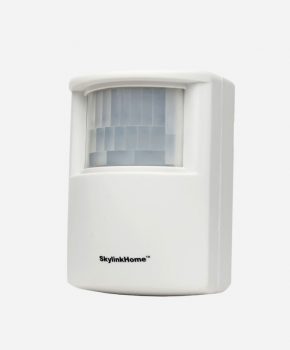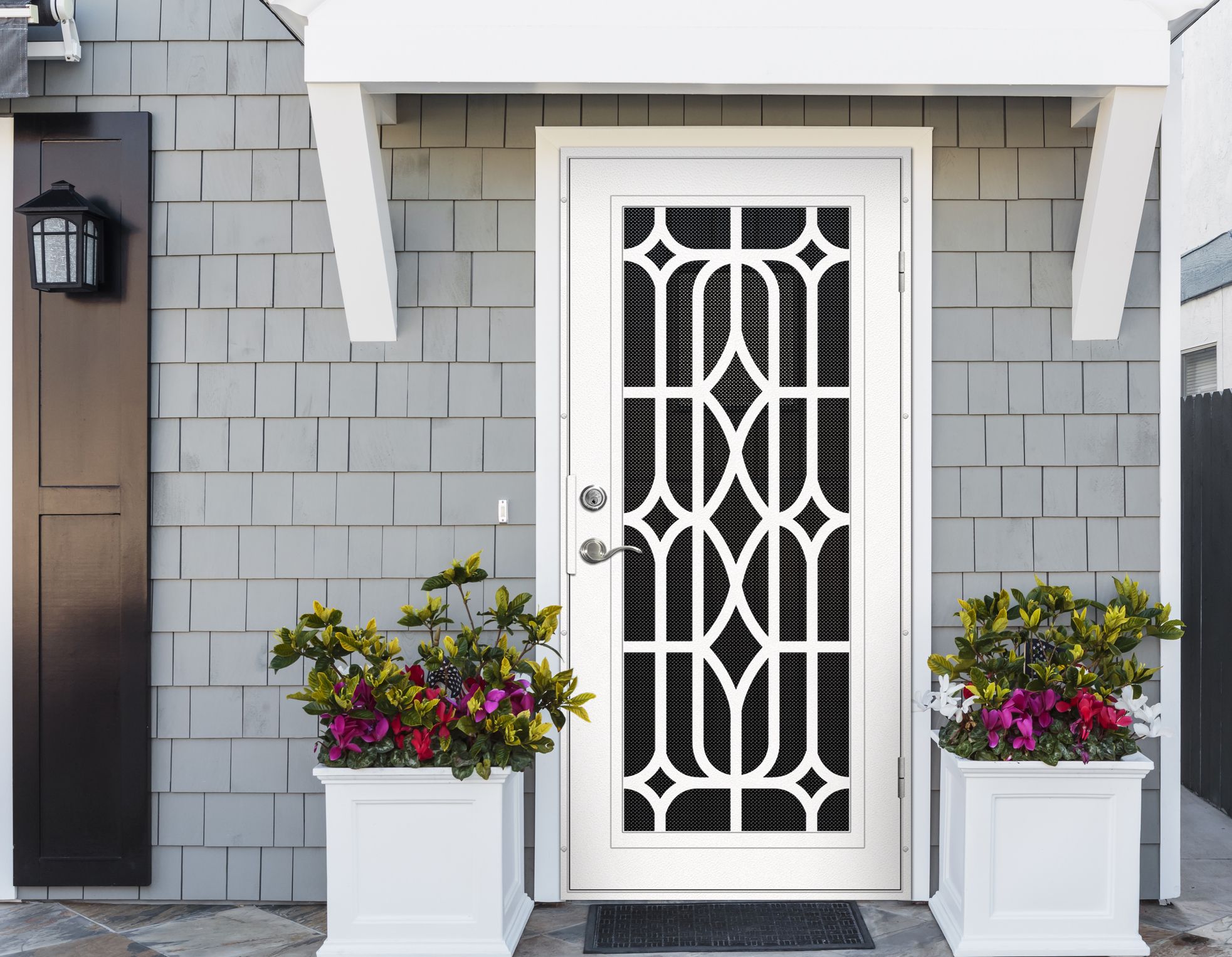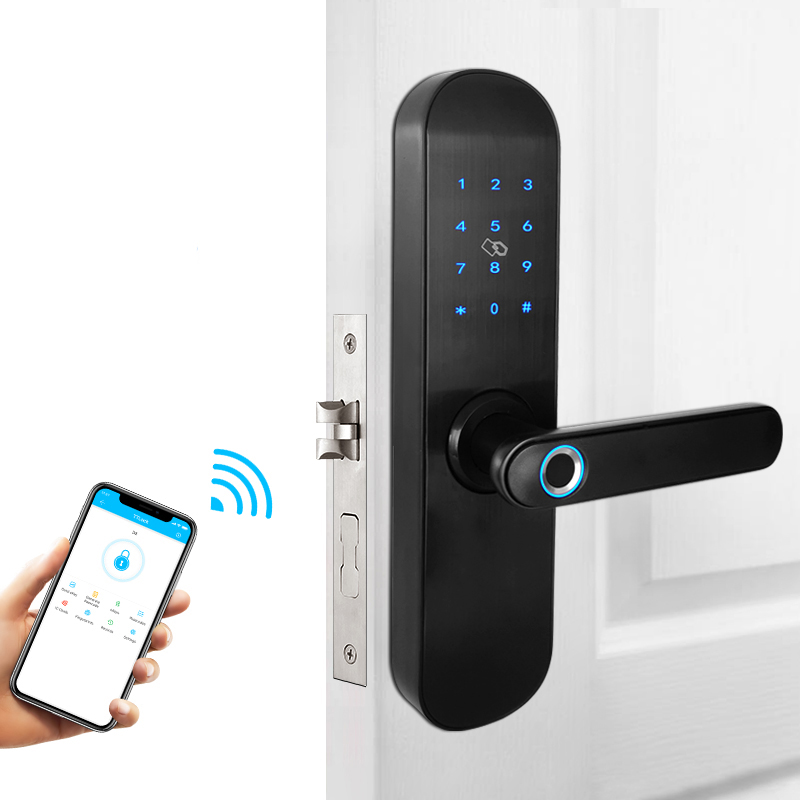
This Nest Yale lock reviews will discuss the key-free features, tamper-proof and easy-to use. It's important to note that you will need the Nest app to set the master code and calibrate the lock. The Yale lock allows you to customize the settings to your liking, just as with other Yale locks. You can adjust the volume, language, and even set a passcode. You can even set your lock to lock and unlock your door automatically.
Google Nest x Yale
When you need to keep your property safe, the Nest Yale lock is a great option. The Nest Yale lock's keyless design is tamper-proof, and can be unlocked anywhere. If you forget your keys, you can simply use your phone to unlock the lock from anywhere. It is easy to install, so you don't need to worry anymore.
Nest x Yale locks also have a unique feature - a timer which automatically locks your door after ten seconds, a minute or five minutes. This feature can be controlled via keypad or the Nest App. To lock your door manually, press the lock button and hold it for a full second. Or, use the keypad. Nest App also features Home/Away Assist that locks your doors when it detects you are gone.
Key-free
Nest x Yale lock, a smart door lock, can be controlled using a smartphone. Its wireless communication allows users to set up individual pass codes for family members and guests, as well as set the exact times when they should enter and leave the home. The lock can also be programmed to respond to voice commands using Google Assistant or the Nest app.

To power the Yale smart lock, it uses four AA batteries. The average battery life is approximately one year. The keypad has an on-screen display that indicates the battery level.
Tamper-proof
Nest x Yale lock is an intelligent smart lock that can be used to lock and unlock your home without a key. It can be used to lock and unlock the door via the Nest App. The Nest app allows you to set reminders for your door so you can lock it every time. If you forget your lock, the lock will sound an alert to remind you.
You must have a working Wi Fi connection to install the Nest x Yale Lock. Once you've installed the Nest lock, you can then set it up with the free Nest app and the Nest Connect. If you have an active Google account, you can use voice control through the Google Assistant. This lock can only be used with a compatible smart-device.
It is easy to install
Nest Yale lock is a smart lock that allows remote control of your front door. The lock works using an app that allows remote access to the lock and can be set up with a PIN code. This app can also help you keep track of activity in your home. The Nest Yale lock is simple to install. It can be installed with a screwdriver.
Installing the Nest x Yale Lock requires a Nest account. Nest allows you to add multiple homes, so you will need an account for each one. Once you have created an account, you can select the home that you wish to install the lock. Then, go to "Settings", and then click "Add new Product". The next step is to connect the lock to your Nest account.

Price
The Nest Yale Lock is one of the smart home devices that are part of the Nest ecosystem. The Nest Yale Lock is a smart lock that can be used to control your home. However, there are limitations. The lock isn't wireless. To use it, you will need to connect it to Wi-Fi. The lock requires four AA batteries that are non-replaceable. Google Assistant can also be used for locking and unlocking the door.
The Nest Secure lock can store 20 passcodes. It does not have the Nest Secure smart home modules like SmartThings and Nest Connect, however. It also does not integrate with Wink or SmartThings. You should look at other smart locks if you are looking for one that isn't connected to the internet.
FAQ
Do motion sensors come with alarms?
These motion sensor alarms have been around for decades and have gained popularity because of the increasing number of thefts and break-ins. These devices can be expensive and are not suited for use in cabinets. But if you want your home to be protected from intruders, a motion detector alarm system is worth looking at.
What is your number one home security product?
Ring Video Doorbell Pro remains the most popular home security system. You can speak with anyone, anywhere and at any time using your smartphone. You can also record video footage, and then share it with your family and friends via email or text message.
What security system should I choose?
The best security system to install depends on how much you value your home and belongings. You can go with a basic alarm system which is inexpensive but doesn't offer too much protection. You can choose to get a more powerful alarm system with better features such as remote monitoring, access control, and video surveillance.
Who is the best home security surveillance company?
ADT is the best home security monitoring company. They offer 24/7 monitoring service at affordable price. Their customer support team can be reached at any time of the day. They will respond to your queries within minutes.
ADT offers an app that can be used on both Android or iOS. This allows you to check your home anywhere and anytime.
What are the differences between home security systems?
Consider the threats in your neighborhood. A burglary alarm might be necessary if you live in a high-crime area. You may not need as much security if you live in rural areas with few burglaries.
Also, consider whether you are willing to pay extra for additional features. Some systems include cameras built in, while others do not. Some systems let you remotely monitor your house, while others require you being physically present to view the footage.
Can I put in a security cam by myself?
Yes! If you know how to install an alarm system, you can do it yourself. If you are not confident in installing it yourself, you can hire an expert to assist you.
Statistics
- Cove sets you free without punishing penalties and fees, unlike other security solutions that charge 75% to 100% of your remaining contract. (safewise.com)
- Most home security companies will charge you around 75% of the remaining term of your contract if you cancel early—and some require 100%.Related questionsWhat type of contract length can I expect from security providers?Home security system cancellation (safewise.com)
- Related questionsHome security systems that are 100% DIY (safewise.com)
- (In my experience, the discount on my home insurance covered about 25 percent of the subscription of an average plan, but your mileage may vary depending on your location and the size of your home.) (theverge.com)
External Links
How To
How to Install A Home Security System
A home security camera is a device that monitors your house and alerts you when there's activity. It could be motion sensors, doorbell cameras, smoke detectors or burglar alarms. A home security system usually consists of one or more sensors (e.g., motion detectors), which send signals when they detect movement or sound. These signals are sent to a control panel, where they can be monitored and recorded. A control panel will alert your phone, tablet or computer if something is wrong. You will be notified immediately and you can take immediate action.
Selecting the right sensors for your home is an important step in installing a home security alarm system. There are two main types. Active and passive sensors. Passive sensors do not require batteries. They simply pick up sounds and vibrations around them. They can be doorbells or sirens as well as buzzers. Active sensors transmit data using electricity. Cameras and motion sensors are two examples of active sensors.
There are many different brands of sensors available today. Each brand has its advantages and disadvantages. Some sensors can withstand extreme weather conditions, while others cannot. Some of them have built in speakers so that you can still hear them from outside. Others are only for use inside. Some are basic while others offer advanced features, such as night vision.
Once you have chosen the right type of sensor for your property, it is time to select a manufacturer. This will make sure that your sensors function well together. The hardware store should offer many choices.
After choosing a brand of sensors to use, you can decide how many to purchase. Most people start with one or two sensors, depending on whether they live alone or with family members. If you have plans to purchase additional sensors in the future, it might be worth buying more than you currently need.
Next, consider where you want to put your sensors. Do you want them close to doors or windows? Or are you happy to keep them hidden? Before placing them on your property, get permission. Also, make sure they won't interfere with anything else, like electrical outlets.
After you've determined the location of your sensors, you will need a way that they can be connected to your control panels. A power adapter or battery package may be required depending on your setup. Once everything is in place, you can start to monitor your property.